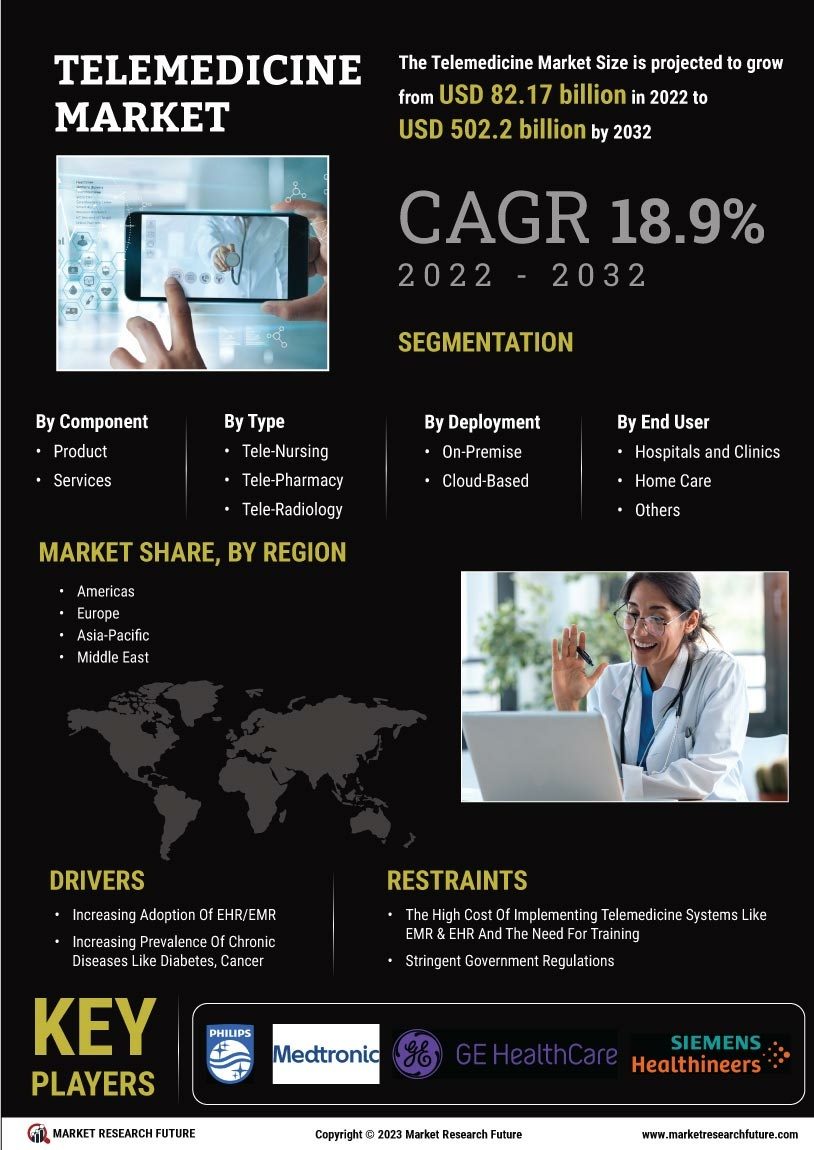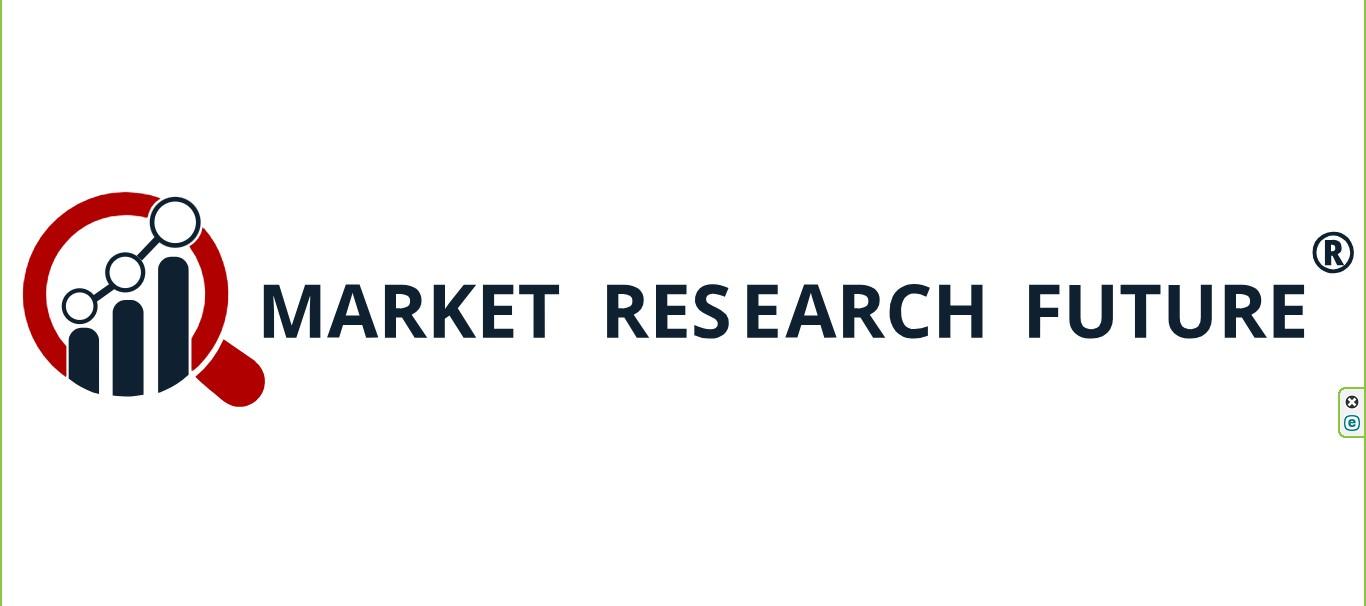US AI Drug Discovery Market Share: Competitive Analysis
The US AI Drug Discovery Market Share
evaluates revenue distribution among major AI technology providers, pharmaceutical companies, and biotech firms. Top vendors dominate due to advanced analytics, deep learning platforms, and strong R&D networks. Smaller companies focus on niche solutions, such as AI platforms for targeted therapeutics or rare diseases. Market share is determined by technology innovation, customer adoption, and strategic partnerships.
Reference - https://www.marketresearchfuture.com/reports/us-ai-drug-discovery-market-13821
Understanding market share helps stakeholders benchmark performance, identify competitive opportunities, and assess the impact of technological innovation. Companies integrating AI with cloud computing, machine learning, and predictive modeling tools often secure larger shares, while emerging firms compete by offering specialized or cost-effective solutions.
FAQs – US AI Drug Discovery Market Share
Q1: Who holds the largest market share?
A1: Leading AI technology providers and large pharmaceutical companies.
Q2: How do smaller firms compete?
A2: By offering niche, specialized, or cost-effective solutions.
Q3: Why analyze market share?
A3: To benchmark performance and identify growth opportunities.
The US AI Drug Discovery Market Share
evaluates revenue distribution among major AI technology providers, pharmaceutical companies, and biotech firms. Top vendors dominate due to advanced analytics, deep learning platforms, and strong R&D networks. Smaller companies focus on niche solutions, such as AI platforms for targeted therapeutics or rare diseases. Market share is determined by technology innovation, customer adoption, and strategic partnerships.
Reference - https://www.marketresearchfuture.com/reports/us-ai-drug-discovery-market-13821
Understanding market share helps stakeholders benchmark performance, identify competitive opportunities, and assess the impact of technological innovation. Companies integrating AI with cloud computing, machine learning, and predictive modeling tools often secure larger shares, while emerging firms compete by offering specialized or cost-effective solutions.
FAQs – US AI Drug Discovery Market Share
Q1: Who holds the largest market share?
A1: Leading AI technology providers and large pharmaceutical companies.
Q2: How do smaller firms compete?
A2: By offering niche, specialized, or cost-effective solutions.
Q3: Why analyze market share?
A3: To benchmark performance and identify growth opportunities.
US AI Drug Discovery Market Share: Competitive Analysis
The US AI Drug Discovery Market Share
evaluates revenue distribution among major AI technology providers, pharmaceutical companies, and biotech firms. Top vendors dominate due to advanced analytics, deep learning platforms, and strong R&D networks. Smaller companies focus on niche solutions, such as AI platforms for targeted therapeutics or rare diseases. Market share is determined by technology innovation, customer adoption, and strategic partnerships.
Reference - https://www.marketresearchfuture.com/reports/us-ai-drug-discovery-market-13821
Understanding market share helps stakeholders benchmark performance, identify competitive opportunities, and assess the impact of technological innovation. Companies integrating AI with cloud computing, machine learning, and predictive modeling tools often secure larger shares, while emerging firms compete by offering specialized or cost-effective solutions.
FAQs – US AI Drug Discovery Market Share
Q1: Who holds the largest market share?
A1: Leading AI technology providers and large pharmaceutical companies.
Q2: How do smaller firms compete?
A2: By offering niche, specialized, or cost-effective solutions.
Q3: Why analyze market share?
A3: To benchmark performance and identify growth opportunities.
0 Reacties
·0 aandelen
·40 Views




